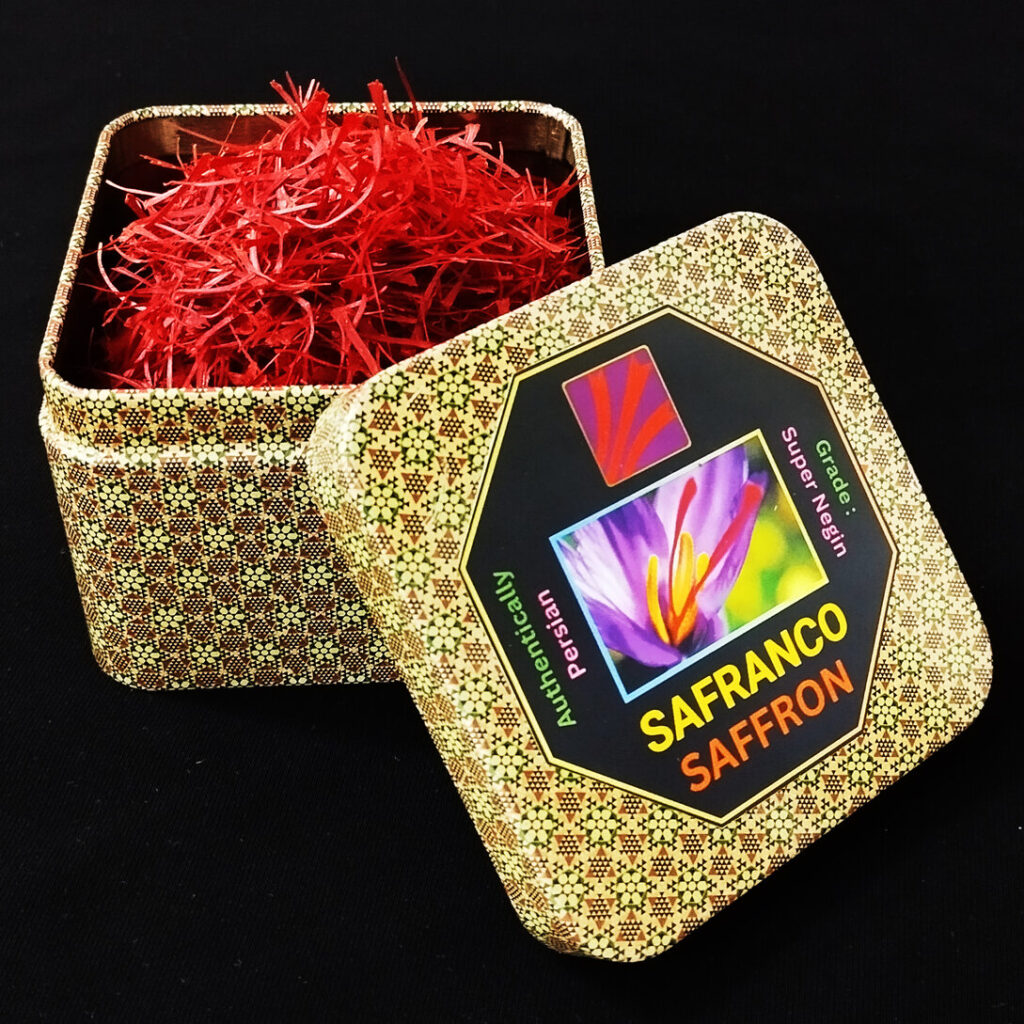Saffron, the world’s most expensive spice, is typically associated with Mediterranean and Middle Eastern regions.
However, can saffron also grow in Africa? The answer is yes, but it’s a challenging and complex process.

Climate and Soil Requirements
Saffron (Crocus sativus) requires a specific climate and soil condition to thrive. The ideal climate for saffron cultivation is characterized by:
- Mediterranean climate: Mild winters and warm summers with moderate rainfall.
- Cool winters: Saffron requires a period of winter dormancy to promote flowering.
- Well-draining soil: Saffron prefers well-draining, alkaline soils with a pH between 7.5 and 8.5.
Africa has regions that meet these conditions, such as:
- South Africa: The Western Cape province has a Mediterranean climate, making it suitable for saffron cultivation.
- Morocco: The northern regions of Morocco have a Mediterranean climate, and some areas have been used for saffron production.
- Tunisia: The northwestern regions of Tunisia have a Mediterranean climate, making it suitable for saffron cultivation.
Challenges and Opportunities
While Africa has regions suitable for saffron cultivation, there are several challenges to consider:
- Climate variability: Africa’s climate is prone to extreme weather events, such as droughts and floods, which can affect saffron yields.
- Pests and diseases: Saffron is susceptible to pests like aphids and diseases like root rot, which can be challenging to manage in African conditions.
- Market demand: Saffron demand is largely driven by European markets, which can create supply chain challenges and market fluctuations.
Despite these challenges, there are opportunities for saffron cultivation in Africa:
- Diversification: Saffron can be grown as a cash crop to diversify agricultural income in regions with suitable climates.
- Local markets: African markets may have a growing demand for high-quality saffron products, providing opportunities for local farmers to supply domestic markets.
- Export potential: African countries can potentially export high-quality saffron to European markets, providing an opportunity to tap into global demand.
In conclusion, while saffron can grow in Africa, it’s essential to address the challenges related to climate variability, pests, and diseases. With careful planning, management, and investment in research and development, Africa can become a significant player in the global saffron market.
Sources:
- “Saffron Production in Africa” by the Food and Agriculture Organization (FAO) of the United Nations
- “Saffron Cultivation in South Africa” by the South African Department of Agriculture, Land Reform and Rural Development
- “Saffron Production in Morocco” by the Moroccan Ministry of Agriculture and Fisheries
Buy Saffron from Safranco Saffron
At Safranco Saffron, we offer high-quality saffron at competitive prices. Our saffron is sourced from reputable farms in East Africa and meets international quality standards. Contact us to learn more about our saffron products and place an order today!
Contact Information:
Email: info@safranco.uk or info@safranco.ir
WhatsApp: +98 936 558 3007
Website: https://safranco.uk or https://safranco.ir